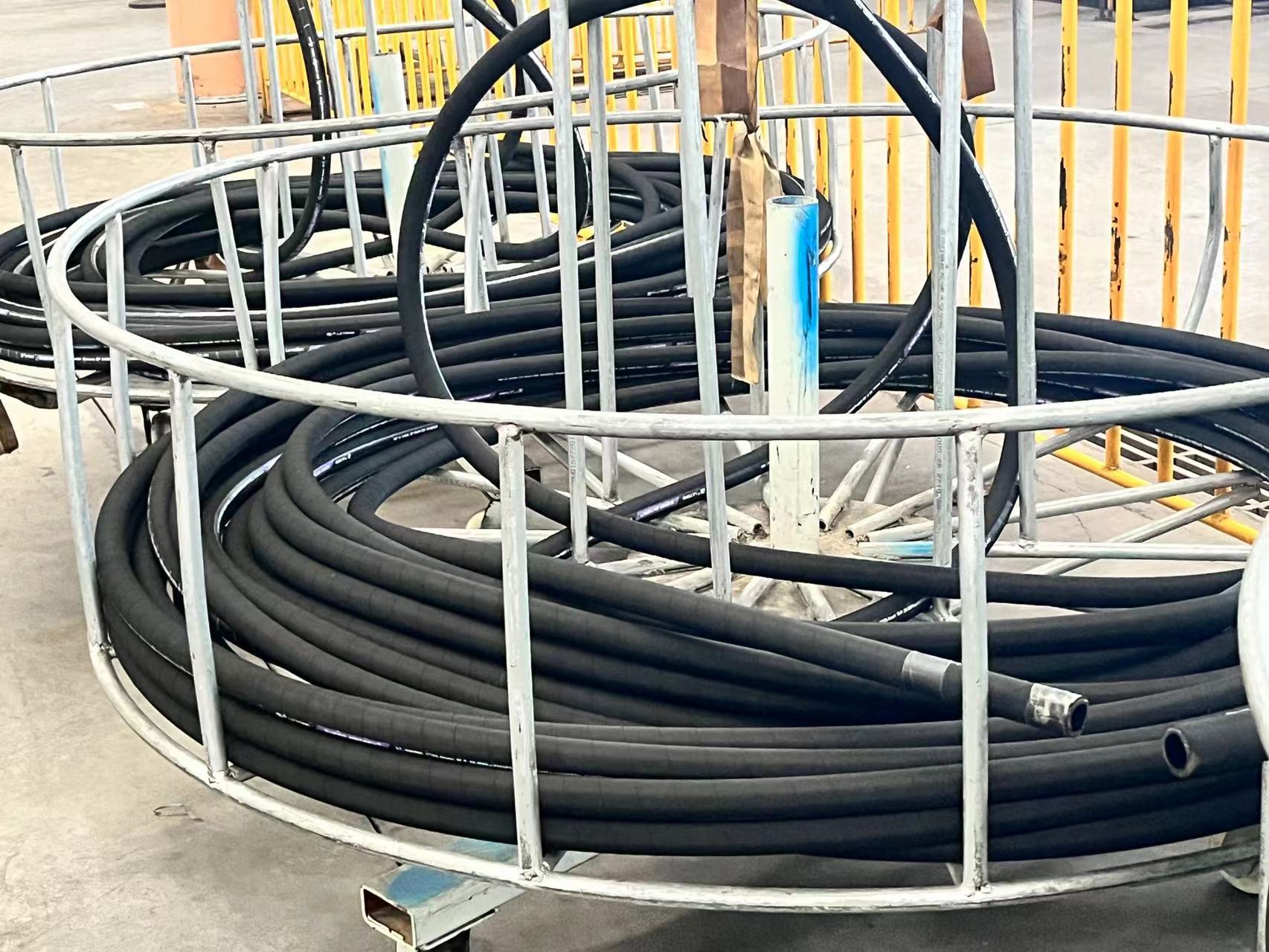Innovations in Chemical Hose Technology Shape the Future of Industrial Safety
2025-03-18 13:34:31
In the dynamic landscape of industrial safety, advancements in chemical hose technology stand as a testament to human ingenuity and the relentless pursuit of accident prevention. From the humble beginnings of rubber hoses designed for basic fluid transfer to today's sophisticated, multi-layered composite hoses capable of withstanding extreme pressures, temperatures, and corrosive chemicals, the evolution of chemical hoses has been nothing short of remarkable. This article delves into the latest innovations, exploring how they enhance worker safety, boost operational efficiency, and contribute to more sustainable industrial practices.
The Evolution of Chemical Hose Design
Over the decades, the design of chemical hoses has undergone significant transformations. Early rubber hoses, while effective for low-pressure applications, suffered from limited durability and resistance to harsh chemicals. The advent of thermoplastic elastomers and reinforced synthetic fibers marked a pivotal shift, introducing hoses with enhanced flexibility, strength, and chemical compatibility. Today, manufacturers employ advanced materials like fluoropolymers, polyurethanes, and aromatic polyamides to create hoses tailored for specific industrial needs. These materials not only expand the range of compatible chemicals but also improve resistance to abrasion, permeation, and temperature extremes.
Smart Features for Enhanced Safety
Modern chemical hoses are increasingly incorporating smart features to enhance safety. For instance, integrated pressure sensors and leak detection systems alert operators to potential hazards in real-time, enabling prompt corrective actions. Visual indicators, such as color-coded layers indicating different pressure ratings or chemical resistances, facilitate easy identification and reduce the risk of misapplication. Furthermore, developments in hose reinforcement techniques, such as spiral wire or braided fiber reinforcement, enhance hoop strength and burst resistance, ensuring that hoses can withstand severe operational conditions without compromising safety.
Sustainability and Environmental Considerations
In line with the global shift towards sustainable practices, the chemical hose industry is also focusing on environmental responsibility. Manufacturers are adopting eco-friendly materials, such as biodegradable elastomers and recycled plastics, to reduce the carbon footprint of hose production. Additionally, innovative cleaning and recycling programs are being implemented to minimize waste. The development of longer-lasting hoses with extended service lives further contributes to sustainability by reducing the frequency of replacements and associated disposal issues. Regulatory bodies are also playing a crucial role by mandating stricter environmental compliance standards, driving the industry towards more eco-conscious innovations.
Case Studies: Real-World Applications
Examining real-world applications highlights the impact of these innovations. In the petrochemical sector, high-performance hoses with enhanced fire resistance and rapid self-extinguishing properties have significantly reduced the risk of catastrophic accidents. In food processing plants, FDA-approved, non-toxic hoses ensure that chemicals used in cleaning and sanitation do not contaminate products. Moreover, in the marine industry, flexible, lightweight hoses with corrosion resistance are critical for safe and efficient fuel transfer operations. These case studies underscore the versatility and importance of advanced chemical hose technology across diverse industries.
As industries continue to evolve, the demand for innovative chemical hose solutions will only grow. By focusing on safety, efficiency, and sustainability, manufacturers are setting new benchmarks in hose technology. The journey from basic rubber tubes to today's intelligent, multi-functional hoses underscores a commitment to continuous improvement and highlights the pivotal role of chemical hose innovations in shaping the future of industrial safety. As we progress, the challenge lies in staying ahead of emerging threats and leveraging technology to create safer, more resilient industrial environments.